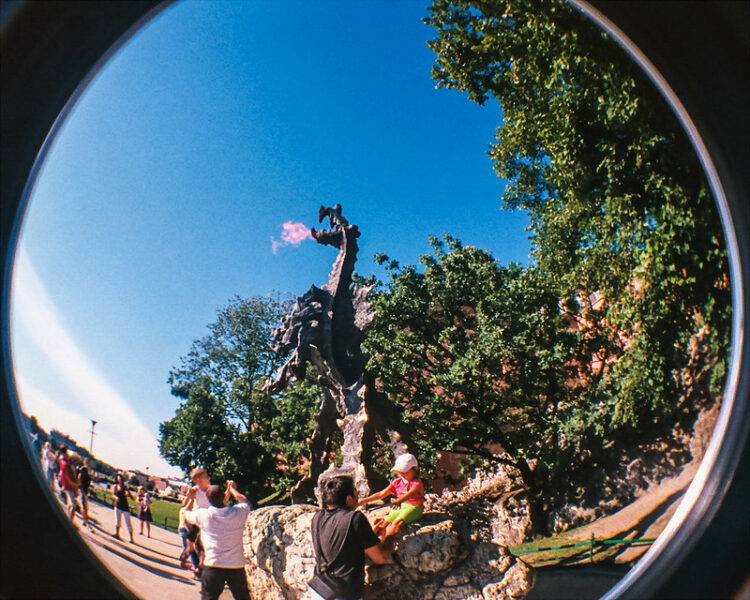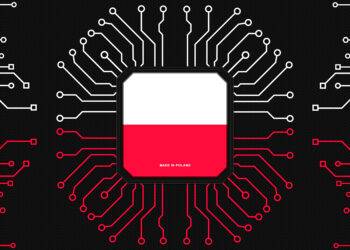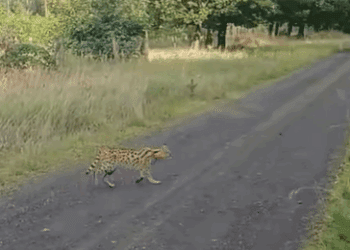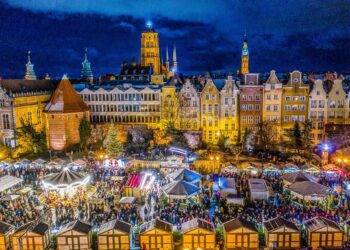In the enchanting city of Kraków, Poland, where history and folklore intertwine, the legend of the Wawel Dragon(Polish: Smok Wawelski) has captured the hearts and imaginations of both locals and visitors for centuries. This mythical creature, an iconic figure in Polish folklore, holds a special place in the city’s cultural heritage, leaving an indelible mark on the collective identity of its people.
Perched atop the picturesque Wawel Hill, the Wawel Castle and Cathedral serve as a magnificent backdrop for the mythical tale of the Wawel Dragon. According to the legend, the dragon made its lair in a cave at the foot of the hill, close to the Vistula River, which winds its way through the city. The imposing castle atop the hill and the river’s proximity to the dragon’s lair added a sense of realism to the fantastical story, further entwining the legend with Kraków’s physical landscape.
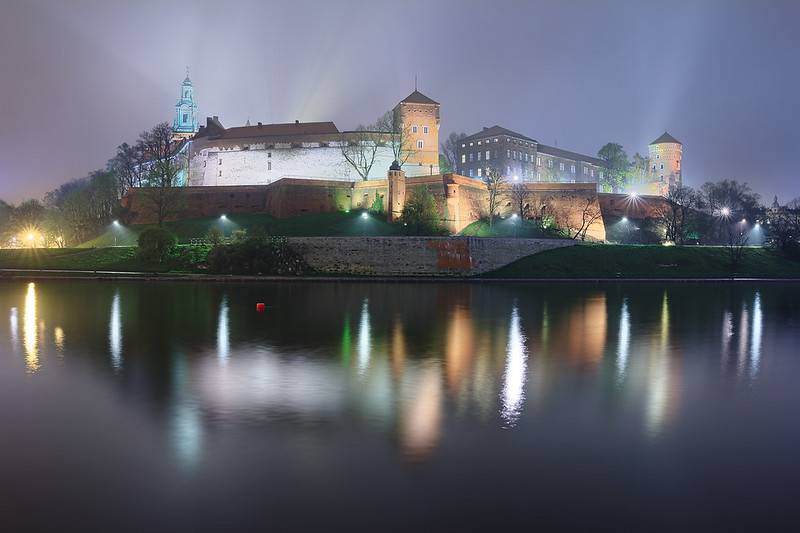
The Wawel Dragon is depicted as a formidable creature with fiery eyes, sharp claws, and a long serpentine body. As night fell, its fiery breath illuminated the sky, striking fear into the hearts of the city’s inhabitants. The dragon’s presence was both awe-inspiring and terrifying, a testament to the power of folklore to captivate the human imagination.
Folktales and Accounts of Encounters with the Wawel Dragon
The legend of the Wawel Dragon has been handed down through generations in the form of folktales, oral traditions, and written accounts. These stories recount the courageous exploits of brave knights, cunning villagers, and clever individuals who sought to confront the fearsome creature. Each retelling adds a unique twist, as heroes use different strategies to outsmart the dragon and protect the city.
One of the most famous tales revolves around the cobbler, Skuba, whose clever plan led to the dragon’s demise. Skuba crafted a sheepskin filled with sulfur, which he then offered as a deceptive treat to the dragon. The dragon devoured the sheepskin, causing the sulfur to ignite within its belly. The ensuing fire caused the dragon excruciating pain, prompting it to rush to the river to quench the flames. In its agony, the dragon consumed so much water that it eventually exploded, freeing the city from its terrifying presence.
Investigating the Possible Origins and Symbolism of the Myth
The origins of the Wawel Dragon legend remain shrouded in mystery, and it is unclear whether the creature’s tale was based on a real event or purely a product of the human imagination. Some historians speculate that the legend might have served as a cautionary tale, warning against dangers lurking beyond the city walls. Others propose that the myth could have been inspired by the discovery of dinosaur fossils or other prehistoric remains in the region, a theory bolstered by the dragon’s serpentine form.
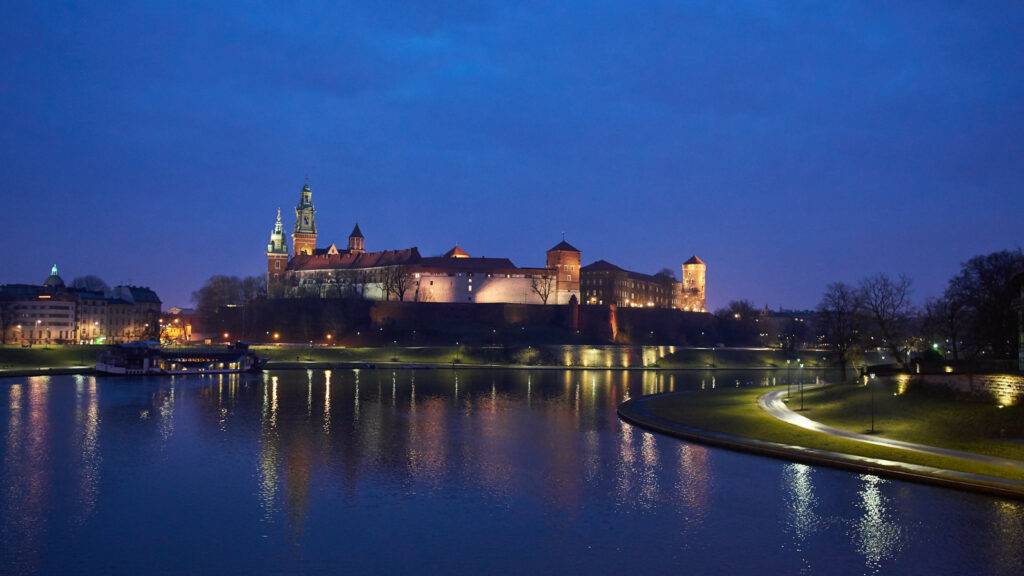
Moreover, the symbolism of the Wawel Dragon has been interpreted in various ways. Some see the dragon as a representation of chaos and destruction, mirroring the fears and uncertainties that accompanied living in a medieval city vulnerable to invaders and calamities. The dragon’s dwelling near the river also conjured associations with flooding and the river’s potential to wreak havoc during heavy rains.
Alternatively, the creature may symbolize natural forces of the earth, with the river and hill serving as symbols of the harmony between nature and human civilization. This interpretation reflects the ancient belief in the interconnectedness of all things, where nature and human life were intertwined in a delicate balance.
The Wawel Dragon’s enduring popularity in Polish folklore has made it an integral part of the city’s cultural identity. It features prominently in various forms of art, literature, festivals, and even in the city’s coat of arms, symbolizing the dragon’s significance in Kraków’s history and culture.
Evolution of the Legend through the Ages
As with all enduring folktales, the legend of the Wawel Dragon has evolved over time. It has been adapted, modified, and embellished by different storytellers to suit the tastes and sensibilities of each era. The tale has also been disseminated through various mediums, including theater, literature, and visual arts, further contributing to its lasting influence on Polish culture.
In the late 19th and early 20th centuries, the Romantic movement in literature and art fueled a renewed interest in folklore, leading to a resurgence of the Wawel Dragon legend. Writers, poets, and artists embraced the legend as a symbol of Polish identity and national pride, celebrating the nation’s resilience in the face of adversity. This romanticized portrayal of the Wawel Dragon further solidified its place as a cherished emblem of Poland’s cultural heritage.
Moreover, the legend has been a popular subject in children’s literature, introducing new generations to the thrilling tale of bravery and cunning. Children’s books and animated adaptations have breathed new life into the Wawel Dragon legend, ensuring that it remains a beloved part of Polish folklore for years to come.
The Dragon in Contemporary Kraków
In modern-day Kraków, the Wawel Dragon continues to be a beloved figure, delighting both tourists and locals alike. The legendary creature has become a symbol of the city’s vibrant cultural scene, featuring prominently in street art, sculptures, and souvenirs.
One of the most popular attractions for visitors to Kraków is the Wawel Dragon Statue, located at the foot of Wawel Hill near the dragon’s mythical lair. The bronze statue portrays the dragon breathing fire, adding an air of excitement and mystique to the city’s landscape.
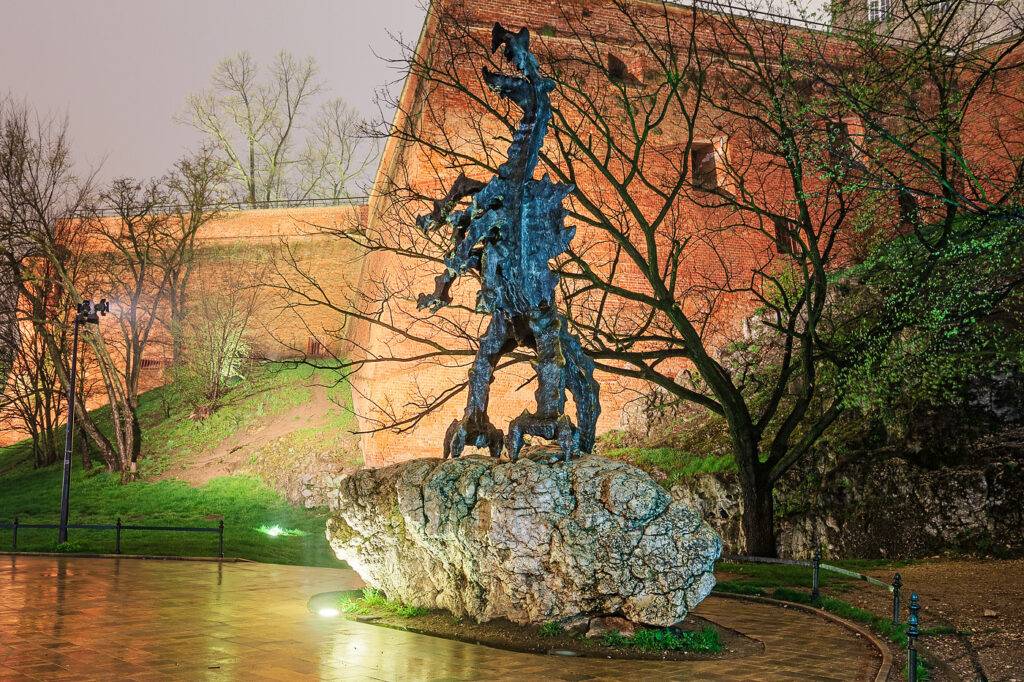

The Wawel Dragon also plays a significant role in Kraków’s annual cultural events. During the Dragon Parade, held every year, participants dress up as dragons, knights, and other characters from the legend. The parade celebrates the rich folklore of Kraków and brings the city’s history to life for both residents and tourists.
Furthermore, the legend has played a role in shaping Poland’s national consciousness. The image of the brave dragon-slayer, regardless of whether the story is based on historical events or pure folklore, represents the resilience and strength of the Polish people, who have faced numerous challenges throughout their history.
Additionally, the Wawel Dragon has become an emblem of Kraków’s enchanting beauty and cultural richness. It serves as a beacon, drawing tourists from around the world to explore the city’s historical sites and immerse themselves in its captivating folklore.
The Wawel Dragon and the Power of Folklore
The enduring popularity of the Wawel Dragon legend is a testament to the power of folklore in shaping cultural narratives and preserving historical memory. Folktales like this one transcend time and space, connecting generations and regions through shared stories. The Wawel Dragon has taken on a life of its own, becoming more than just a mythical creature; it has become a symbol of Kraków’s spirit and identity.
As the legend continues to enchant audiences, it reminds us of the importance of storytelling in preserving and passing down cultural heritage. The Wawel Dragon stands as a symbol of the enduring power of myth and its ability to unite people in a shared sense of wonder and imagination.
The legend of the Wawel Dragon embodies the timeless allure of myth and folklore, enriching Poland’s cultural heritage with its captivating tale. Whether the dragon is rooted in historical events or pure imagination is a question that may never be definitively answered, but its lasting impact on the city of Kraków and the nation of Poland is undeniable.
The Wawel Dragon serves as a symbol of courage, resilience, and the triumph of good over evil, inspiring both locals and visitors alike. Its presence in the city’s landscape, from statues and street art to pastries and parades, showcases the enduring cultural significance of folklore in shaping a sense of identity and community.
As the legend of the Wawel Dragon continues to be retold and cherished, it becomes more than just a tale from the past—it becomes a living part of Poland’s cultural narrative, linking generations and preserving the magic of imagination and storytelling for generations to come. Through the mythical creature’s fiery breath, the spirit of Kraków and the nation of Poland burns brightly, igniting the hearts of all who encounter the timeless tale of the Wawel Dragon.

